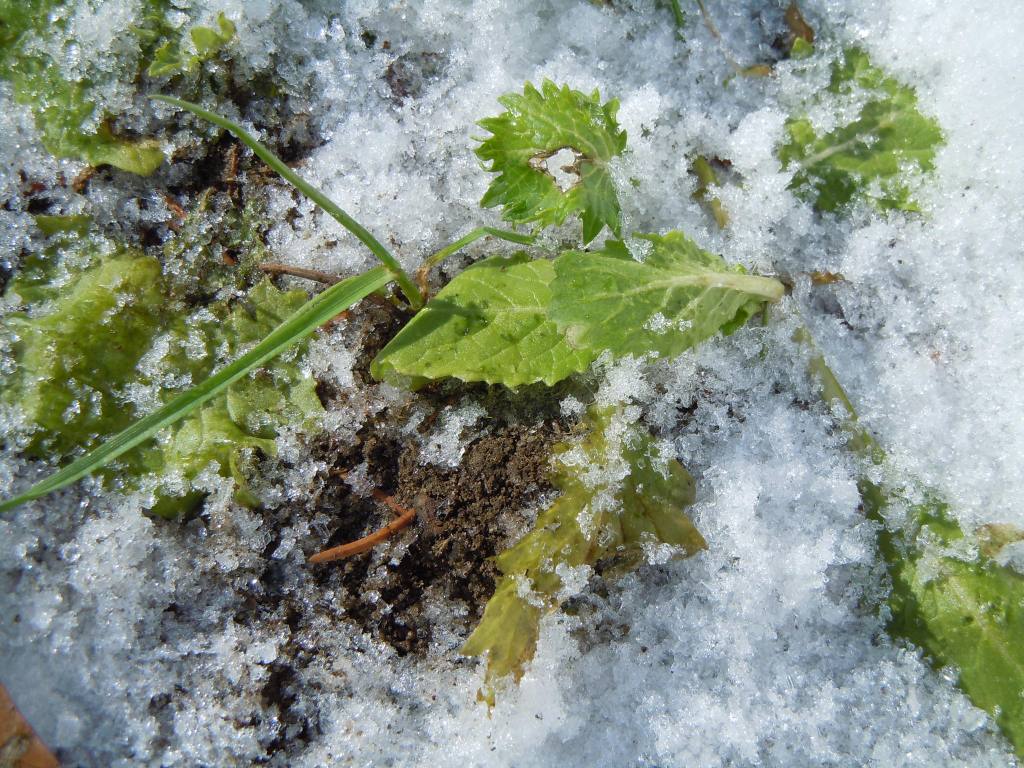Winter Cover Crops for Cold Climates: Sustaining and Nurturing Your Soil During the Cold Season
As winter approaches, many gardeners and homesteaders may think that their fields and gardens will go dormant until spring. However, there is a way to continue nurturing your soil during the cold season – by planting winter cover crops. These hardy plants not only protect your soil from erosion but also provide numerous benefits such as increasing organic matter, fixing nitrogen levels, suppressing weeds, and improving overall soil health.
In this article, we will explore some of the best winter cover crops for cold climates. Whether you’re a seasoned gardener or new to homesteading, adding these plants to your rotation can have long-lasting benefits for your land.
1. Winter Rye (Secale cereale)
One of the most popular choices for winter cover crops is winter rye. This cool-season grass grows quickly in fall before going dormant during severe winters. Winter rye has an extensive root system that helps prevent erosion while also improving soil structure. It is known to scavenge nutrients left behind by previous crops, making it an excellent choice for nutrient cycling.
2. Hairy Vetch (Vicia villosa)
Hairy vetch is a legume that excels at fixing atmospheric nitrogen into a form usable by other plants. Its deep taproots break up compacted soils while its foliage provides effective weed suppression when properly managed. When spring arrives, hairy vetch can be easily terminated by tilling or mowing before it goes to seed.
3. Austrian Winter Peas (Pisum sativum subsp arvense)
Austrian winter peas are another legume that thrives in colder climates with well-drained soil conditions. They fix atmospheric nitrogen like hairy vetch and are often used in combination with cereal grains such as oats or barley for optimal results. The pea vines provide ground cover, reducing erosion and improving soil fertility.
4. Winter Wheat (Triticum aestivum)
Winter wheat is a grain crop that can be grown as a cover crop during the winter months. It is hardy and survives freezing temperatures, providing excellent ground cover and preventing soil erosion. Winter wheat also adds organic matter to the soil when it decomposes in spring.
5. Crimson Clover (Trifolium incarnatum)
Crimson clover is a stunning winter annual with vibrant red flowers that add beauty to your garden while providing numerous benefits to your soil. This legume fixes nitrogen levels, improves soil structure, suppresses weeds, and attracts pollinators during its blooming period. Crimson clover can be easily incorporated into the soil in spring before planting warm-season crops.
6. Winter Barley (Hordeum vulgare)
Similar to winter wheat, winter barley is another cold-hardy cereal grain that serves as an excellent winter cover crop option. It forms a dense mat of foliage that protects against erosion while adding organic matter upon decomposition. Additionally, barley’s fibrous root system helps improve water infiltration and prevent nutrient runoff.
7. Field Peas (Pisum sativum)
Field peas are cool-season legumes that work well as both forage crops and green manures during colder months. They fix nitrogen levels in the soil while suppressing weed growth due to their vigorous nature. Field peas are often used in combination with grasses or other legumes for optimal performance.
When planning your winter cover crop strategy, it’s essential to consider factors such as climate conditions, available space, specific goals for your land or garden area, and even local regulations regarding certain species or varieties of plants.
Planting these winter cover crops requires careful consideration of timing since they need sufficient time to establish before harsh frosts arrive but should not become too mature before spring termination becomes necessary. You may want to consult with local agricultural extension offices or experienced gardeners in your area to determine the best planting dates and management practices.
In conclusion, winter cover crops offer a range of benefits for cold-climate gardens and homesteads. From protecting against soil erosion to improving nutrient cycling and adding organic matter, these hardy plants play an essential role in sustaining healthy soils during the dormant months. By incorporating winter cover crops into your gardening or farming practices, you can nurture your land while preparing it for a bountiful growing season ahead.


Leave a comment